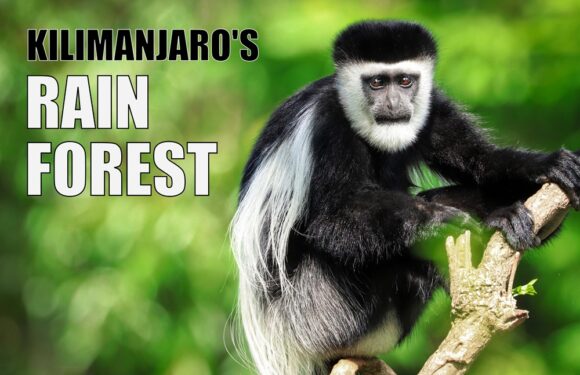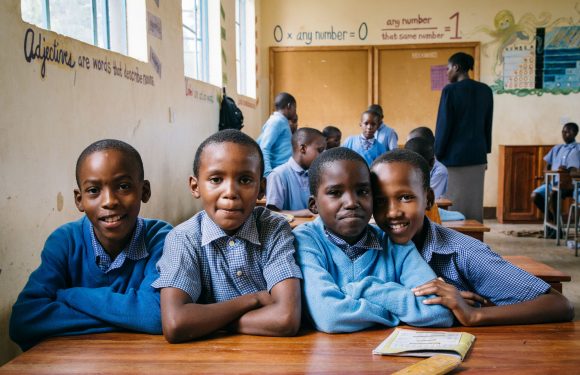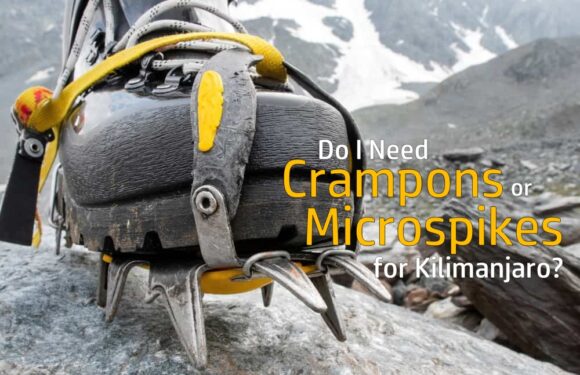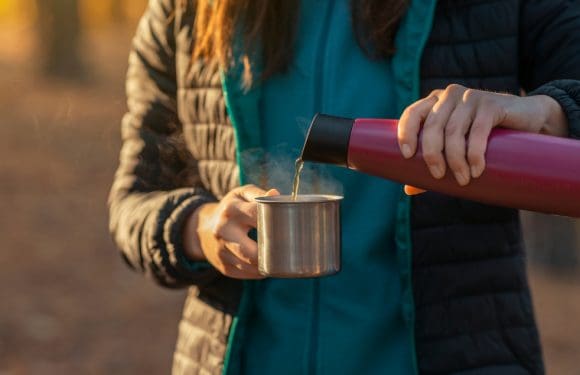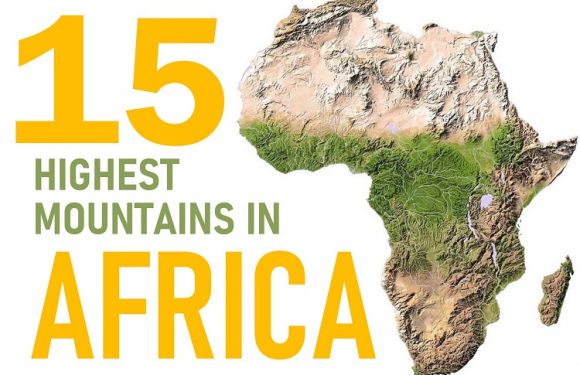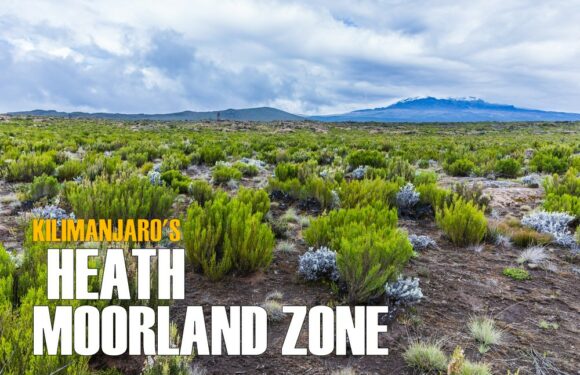On Mount Kilimanjaro, it’s not always easy to sleep.
In fact, it’s quite common to have unrestful nights on the mountain. Low oxygen environments can affect your body’s ability to function in many ways, and that includes sleep quality and duration.
In this article, we’ll examine the best practices for achieving quality rest on Kilimanjaro.
First, we’ll talk about the components you need to craft an ideal sleeping area. Then, we’ll discuss how to prime your body for sleep.
Perfecting Your Sleep Environment
Being comfortable plays a large part in being able to fall and stay asleep. So first, let’s discuss how to create a cozy environment that supports getting a good night’s rest.
1. Sleeping Bag

Your sleeping bag is more than just equipment; it’s your cocoon against the mountain chill. Make sure the sleep bag you use is a four-season bag, warm enough for the temperatures you’ll experience on the mountain. We recommend that your bag should be rated to at least 20F. But a warmer bag, rated 0F to -20F, is even better. The sleeping bags we have available for rent are rated down to -20F.
2. Sleeping Pad
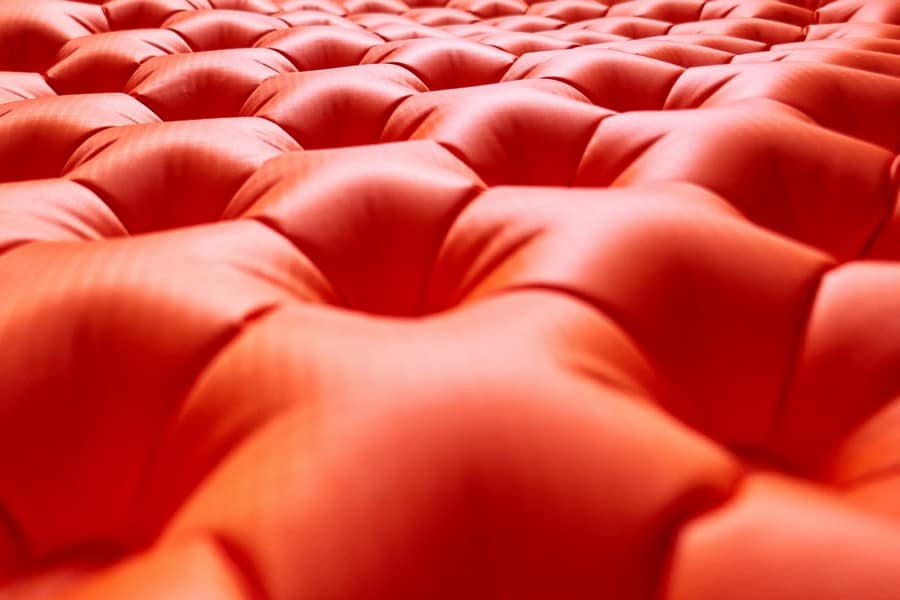
Ultimate Kilimanjaro® provides climbers with a1.5 inch thick foam sleeping pad. Our sleeping pads are warm and comfortable, even for those not used to camping. So, it is not necessary to bring your own sleeping pad. However, if you would like even more cushioning, feel free to bring another and use two sleeping pads on your trip.
3. Camp Pillow

A camp pillow is an optional touch of luxury that you can help you sleep. Alternatively, you can create a pillow out of extra clothing inside a stuff sack. These makeshift pillows work well and keep you from having to bring another piece of gear.
4. Sleep Mask
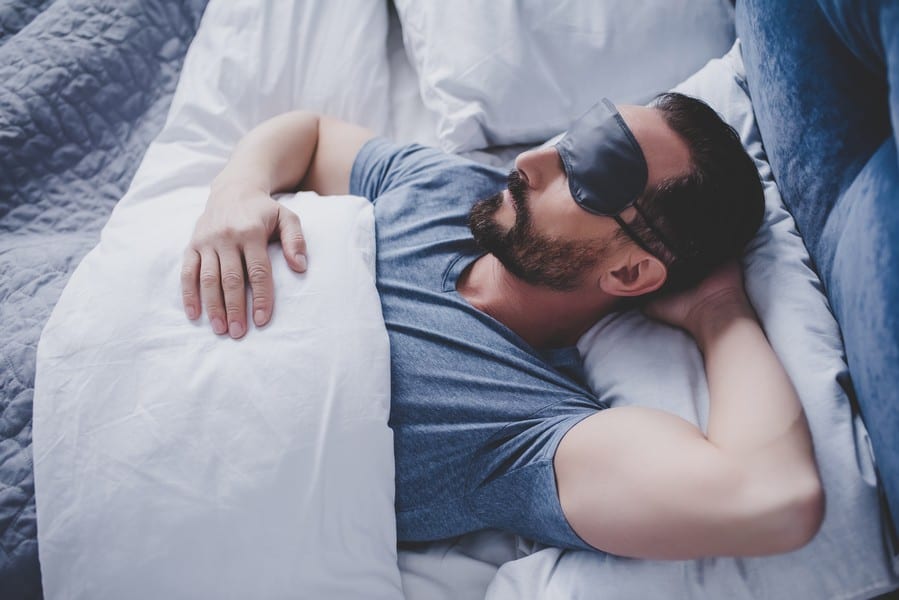
Your sleep environment should be as dark as possible. Researchers have found that even small amounts of ambient light can negatively impact sleep. Studies have shown that wearing a sleep mask actually improves sleep quality and duration. Furthermore, wearing a sleep mask can boost brain function, alertness, memory, and reaction times. So, covering your eyes while you sleep is helpful. You can use a sleep mask or simply pull a beanie or neck gaiter over your eyes.
5. Ear Plugs

Kilimanjaro campsites are full of people. It’s not unusual to hear people rustling around their tents or getting up to use the toilet throughout the night. Earplugs are extremely useful for dampening the sounds around you. We highly recommend using earplugs, especially for light sleepers. They’re such a cheap, light and effective tool to improve sleep that it’s a no-brainer to bring a pair.
6. Single Tent

On our group trips, we pair two climbers together in each tent. Each three-person sized tent has enough space for two people and their gear. But some people find it hard to sleep in the presence of others. If having space and privacy is important to you, opt for a single supplement tent to create your own personal sleep oasis. A solo tent ensures you won’t be disturbed by a roommate’s sounds and movements.
Getting Your Body Ready for Slumber
Now that we have a space that is optimized for sleeping on Kilimanjaro, let’s discuss how to put your body in the right state for slumber.
1. Follow Acclimatization Guidelines

As you might imagine, having symptoms of altitude sickness can be very disruptive to your sleep. It’s hard to rest if you have a pounding headache, you’re feeling nauseated, or you’re struggling to breathe. That’s why it’s very important to follow all acclimatization guidelines as best as you can to decrease the likelihood or severity of AMS symptoms. The more acclimatized you are, the better you’re going to sleep, period.
2. Use Diamox

High altitude can lead to periodic breathing. Periodic breathing is an irregular pattern of breathing that occurs while one is asleep. It’s characterized by alternating periods of deep breathing and shallow breathing, or even a complete pause in breathing (also known as apnea).
Periodic breathing occurs when CO2 levels in the body drop very low, which turns off the urge to breathe. Breathing resumes only after the body senses a further drop in oxygen. This is one of the principal causes of sleep disruption at altitude as it causes sleep fragmentation, or repeated awakenings.
Diamox, the popular prescription medicine used to aid acclimatization, also serves as a preventive measure against periodic breathing. It works as a respiratory stimulant, increasing your breathing rate and stopping the body from interpreting low CO2 as a signal not to breathe.
3. Don’t Nap

When you arrive at camp each day, it’s tempting to lay down in your tent to rest your feet, relax, and recover. However, it’s also easy to fall asleep in the process. A brief nap, lasting 10-20 minutes can be refreshing and restorative and generally doesn’t affect nighttime sleep quality for most people. But longer naps late in the day can interfere with nighttime sleep. So, if you’re someone who has trouble sleeping at night, resist the urge to take daytime naps.
4. Limit Caffeine Intake
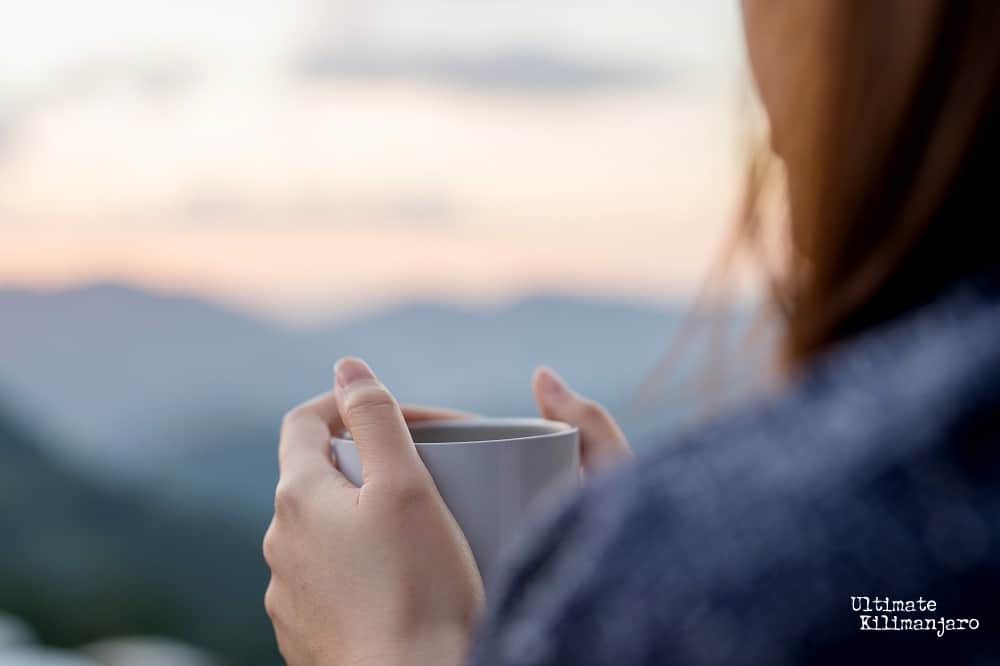
Caffeine is a well known stimulant. While it can provide energy and alertness, it can also disrupt your sleeping pattern. If you’re not a regular caffeine user, you probably shouldn’t use it on Kilimanjaro either. If you are a regular caffeine user, using it on the mountain will not likely cause any negative effects. But you might want to stop taking caffeine earlier in the day than you normally would as your bedtime will likely be earlier as well. Allow your body to naturally wind down.
5. Hydrate Early
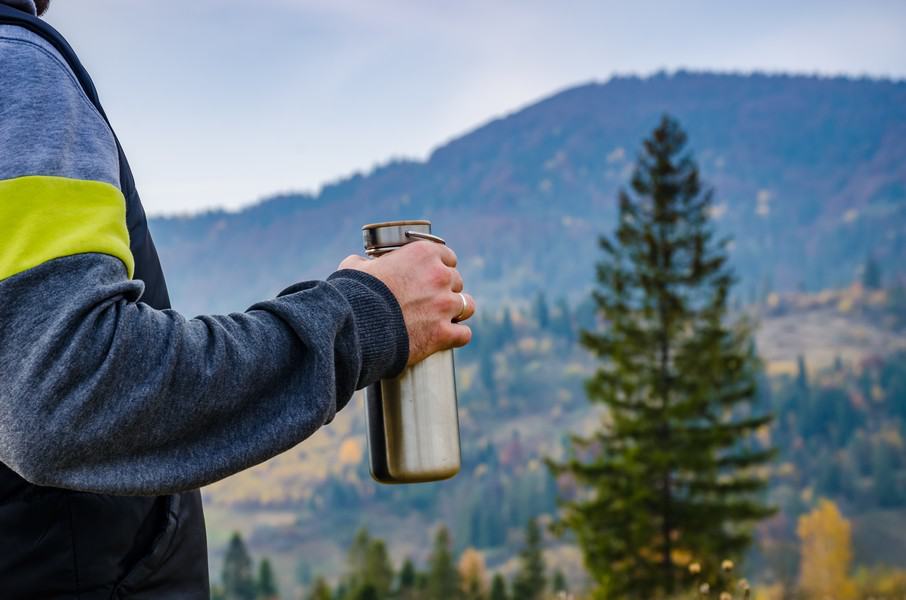
We recommend drinking 4-5 liters of water per day. However, you should try to drink as much as you can during the day to reach the recommended intake by early evening. This strategy will limit the number of times you have to take a bathroom break during the night. Getting up constantly to go pee isn’t ideal for getting a good night of uninterrupted sleep. It may happen anyway, because increased urine output is associated with being at high elevation and is also a side effect of using Diamox. Additionally, don’t try to hold your pee and uncomfortably sleep through it. Just get up and get it over with.
6. Consider Melatonin
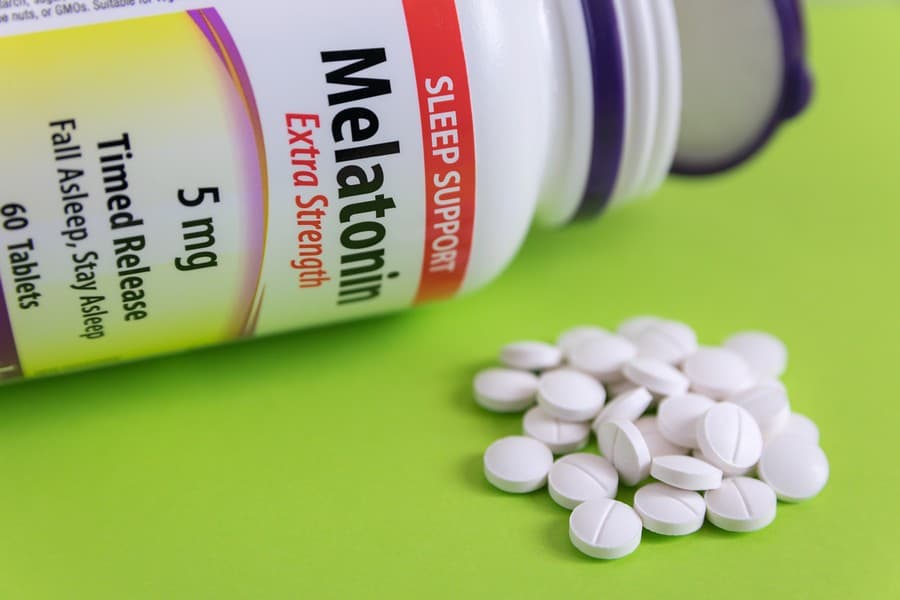
Melatonin is a hormone that regulates the body’s sleep-wake cycles. Melatonin levels usually start to rise in the evening to help you sleep and drop in the morning to help you wake up. Though the body produces melatonin naturally, it can also be taken in supplement form. It’s safe to use at high altitude and can help people overcome jet lag. Studies showed that melatonin can improve both the time to fall asleep and total sleep.
7. Stay Up
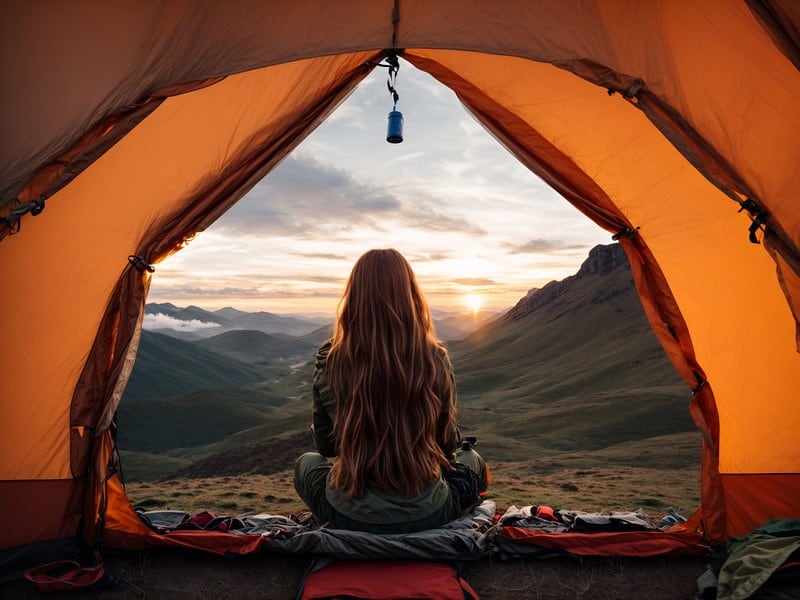
It’s not uncommon for people to feel like retiring to their tent immediately after dinner. That’s usually sometime around 8:00PM. The issue is, if you go to sleep at 8:00PM, and sleep for eight hours, you’ll wake up at 4:00AM, fully rested. And this can result in feeling fatigued in the later part of the day from waking up too early. To prevent this, try to stay up a little longer, perhaps somewhere between 9:00PM and 9:30PM. This way, you’d wake up at a more reasonable 5:00AM or 6:00AM, and be in sync with the natural light cycle.
8. Use a Pee Bottle

As mentioned before, you’ll probably need to use the bathroom at least a couple times overnight. Rather than getting dressed and exiting the tent each time, you can opt to bring a pee bottle. What’s a pee bottle? A bottle with enough volume capacity and a secure lid that you use strictly to pee in while inside your tent. By staying inside your tent, you minimize the disruption to your sleep. And yes, even women can use a pee bottle with the assistance of a funnel called a she-wee. Admittedly, utilizing a pee bottle isn’t for everyone, but if you can get past the mental barrier, it is pretty convenient.

Conclusion
Getting quality sleep is critical, in everyday life and even moreso on the mountain. By adopting these best practices, you’ll increase your chances of sleeping well and thus, improve your summit success rate.




















































